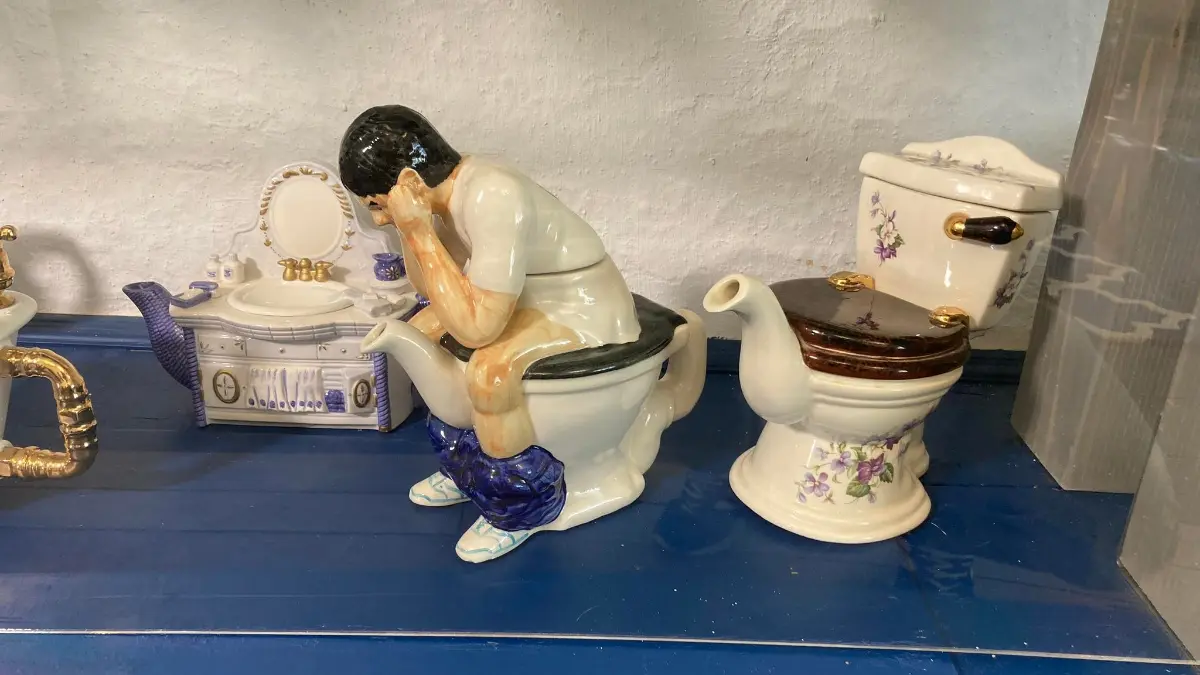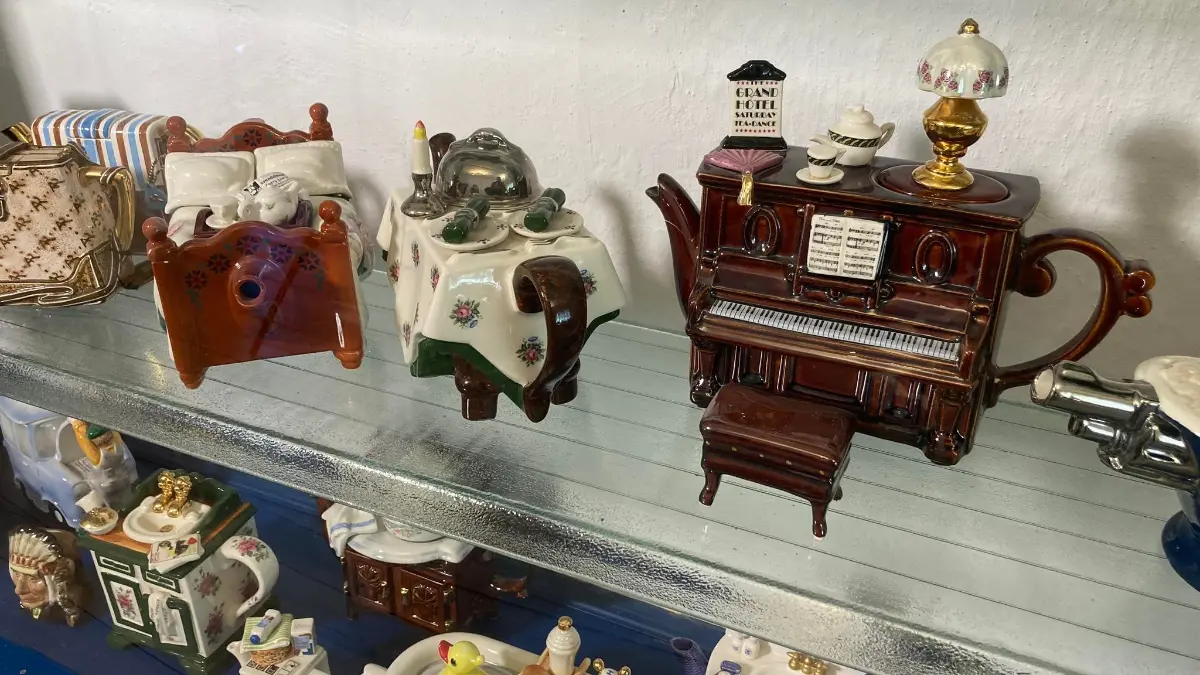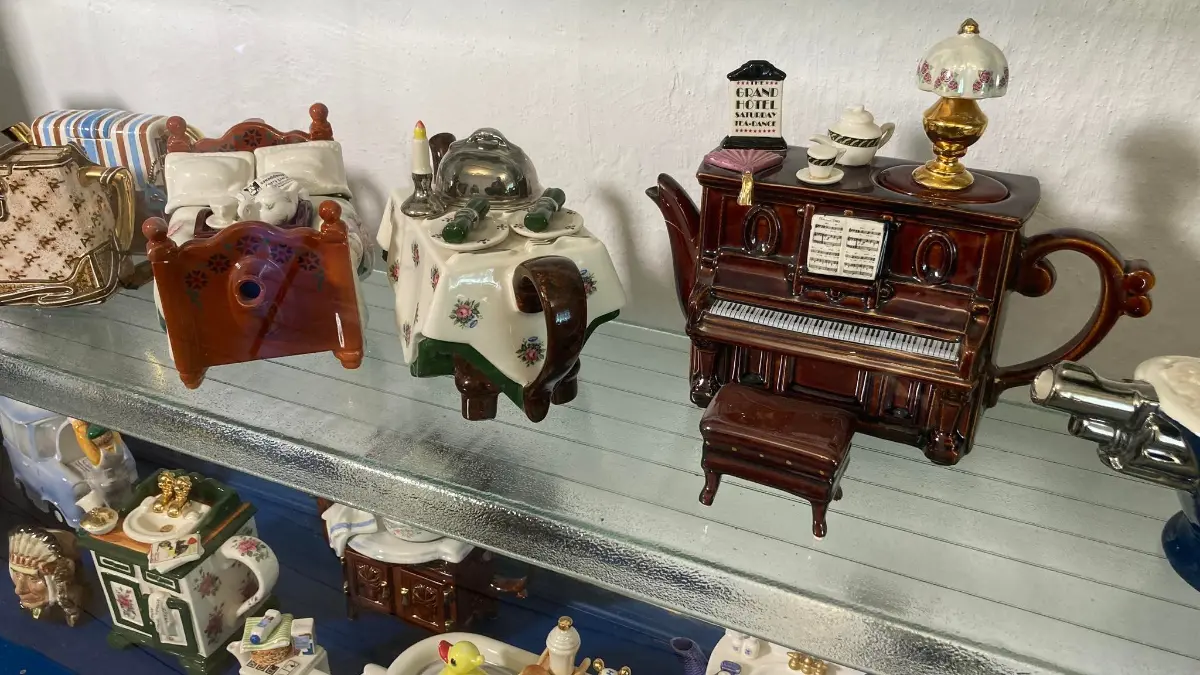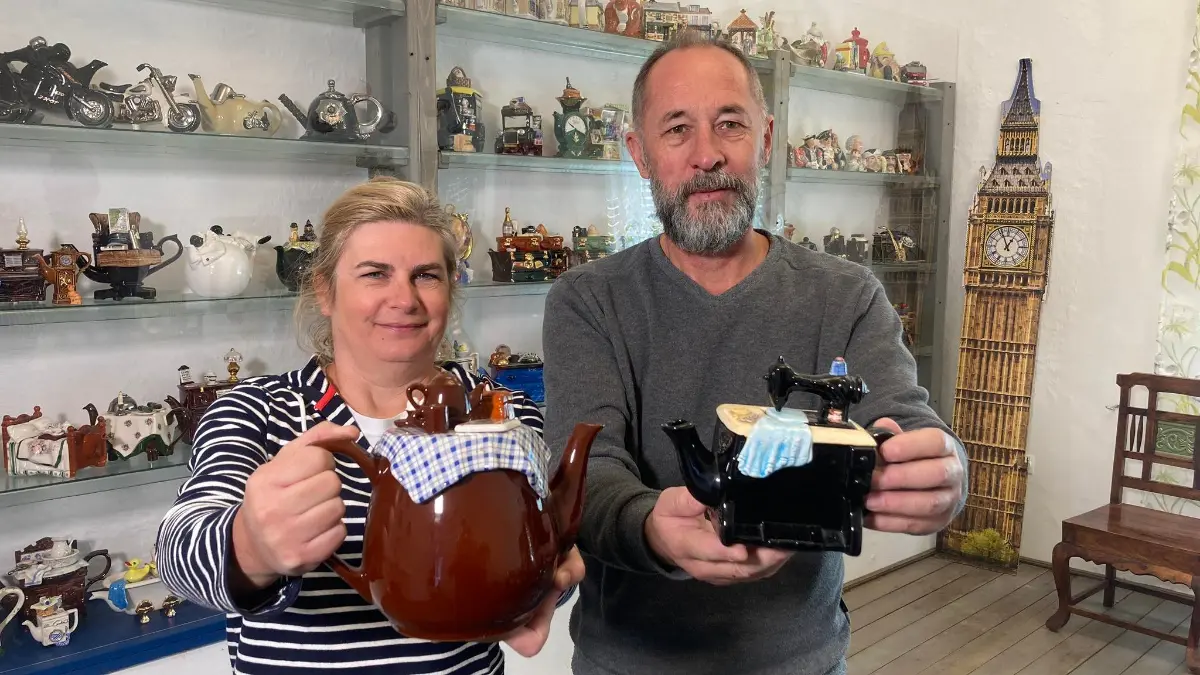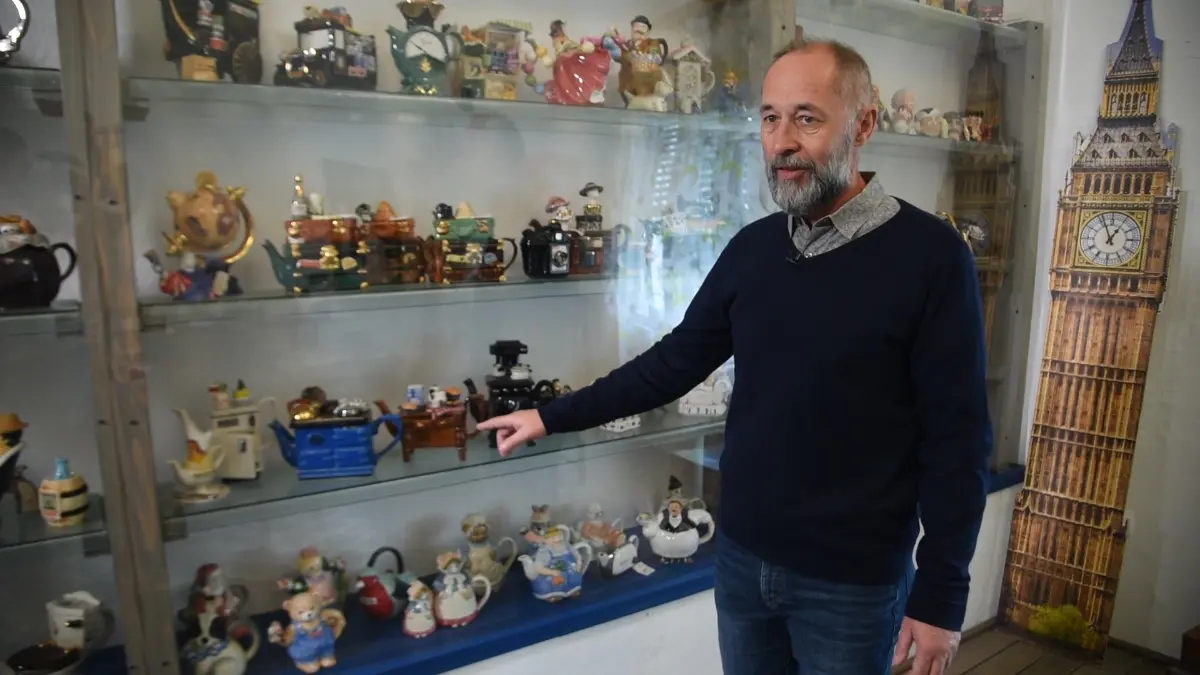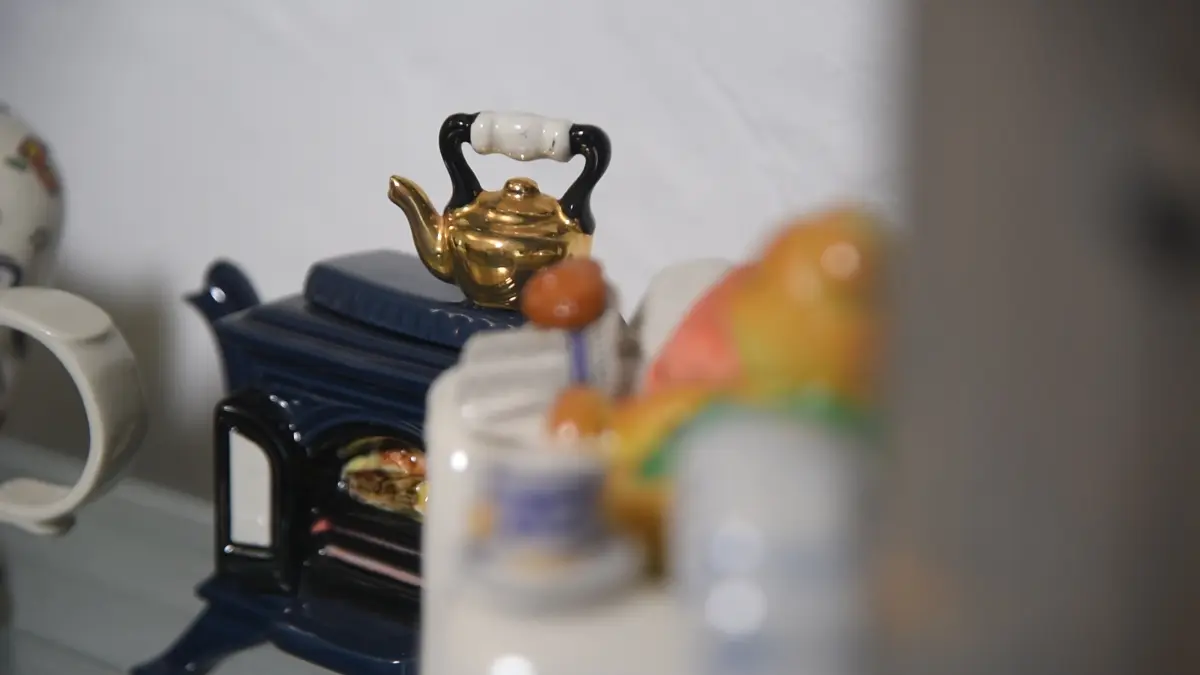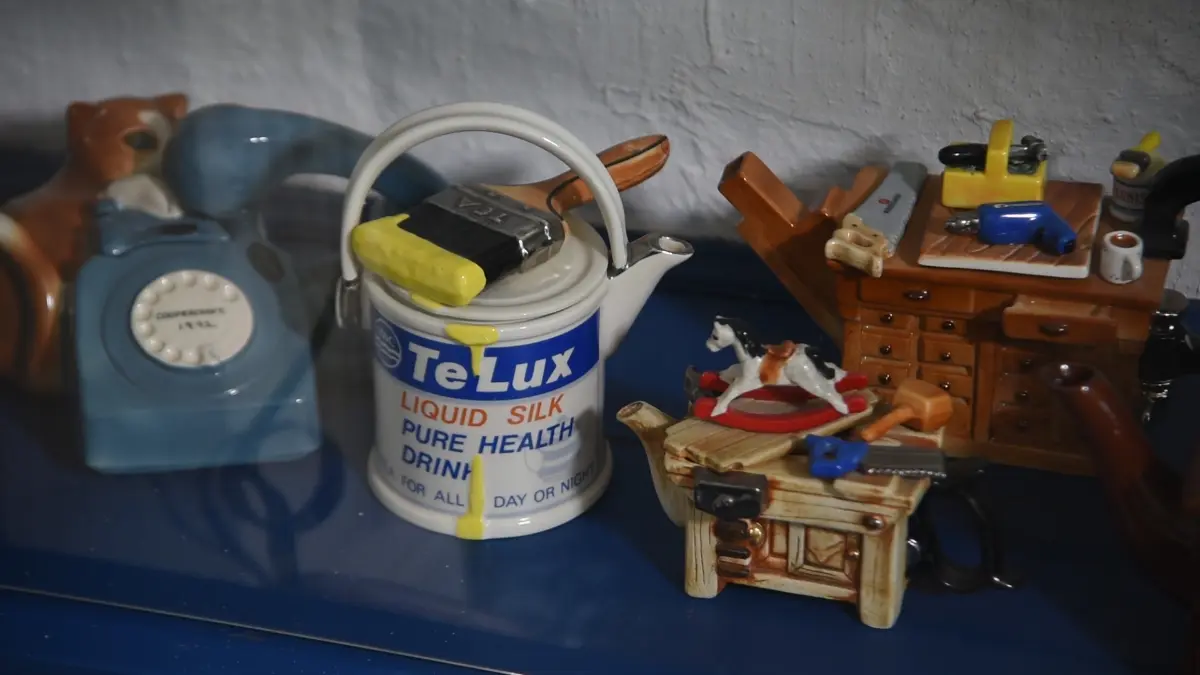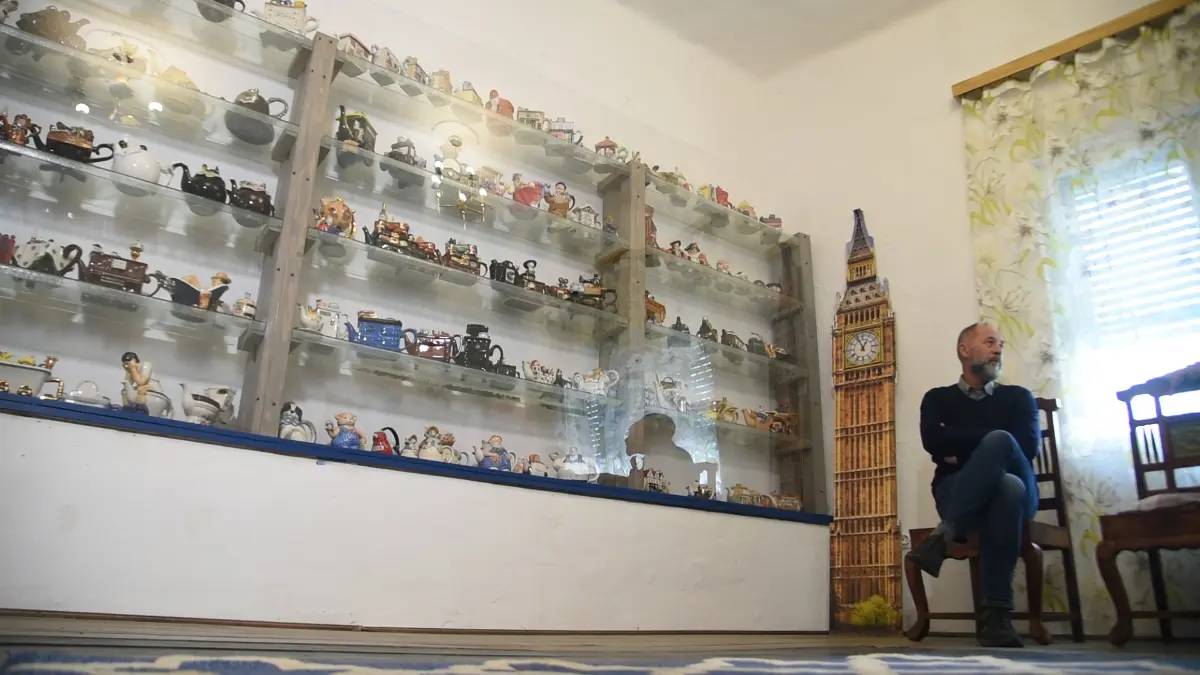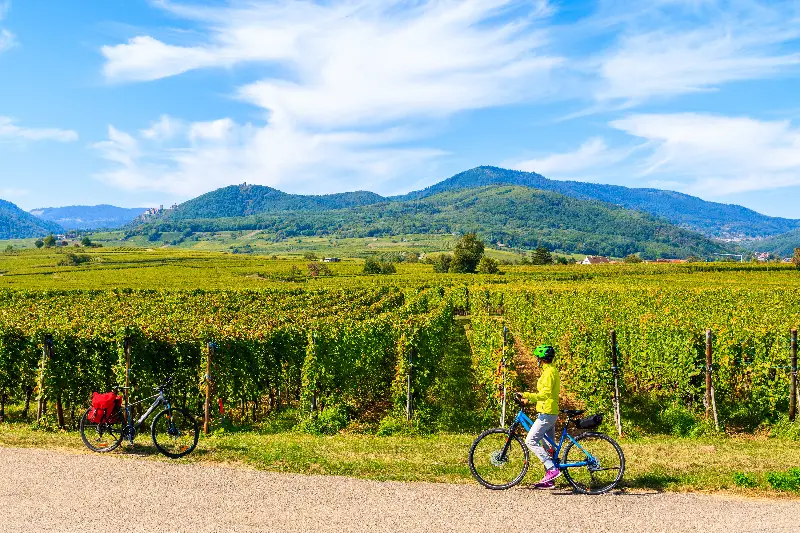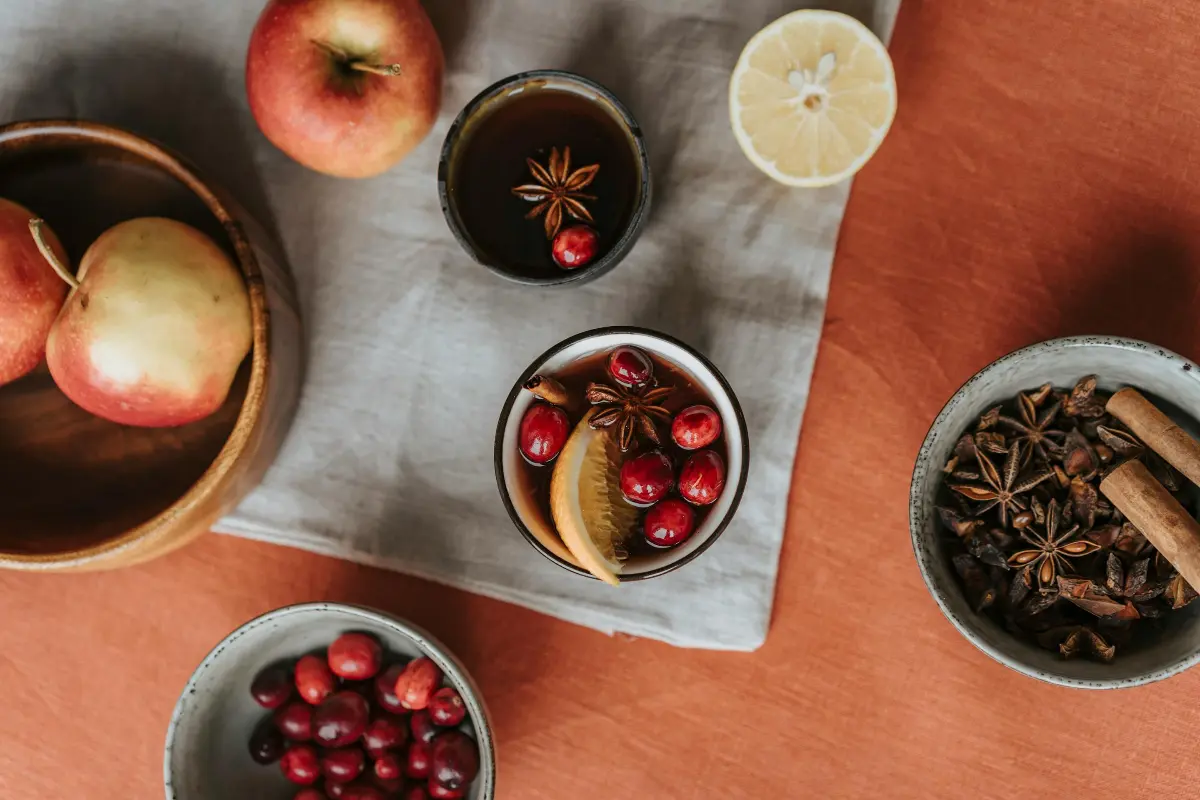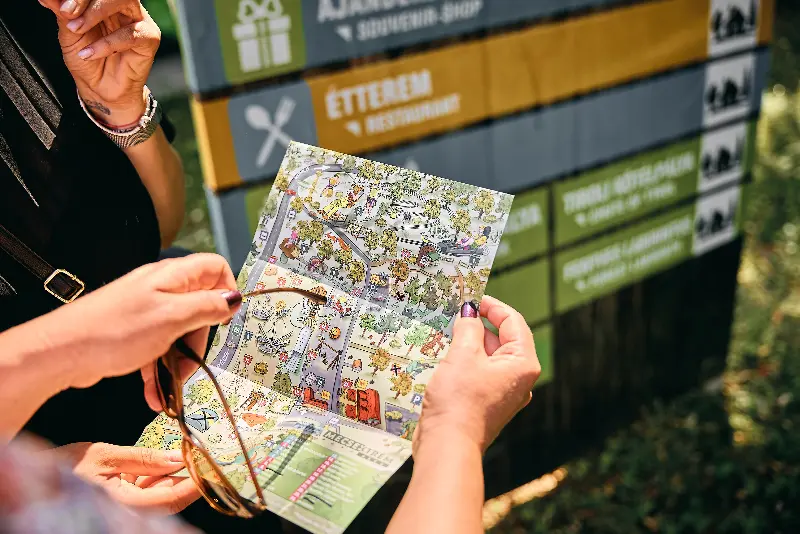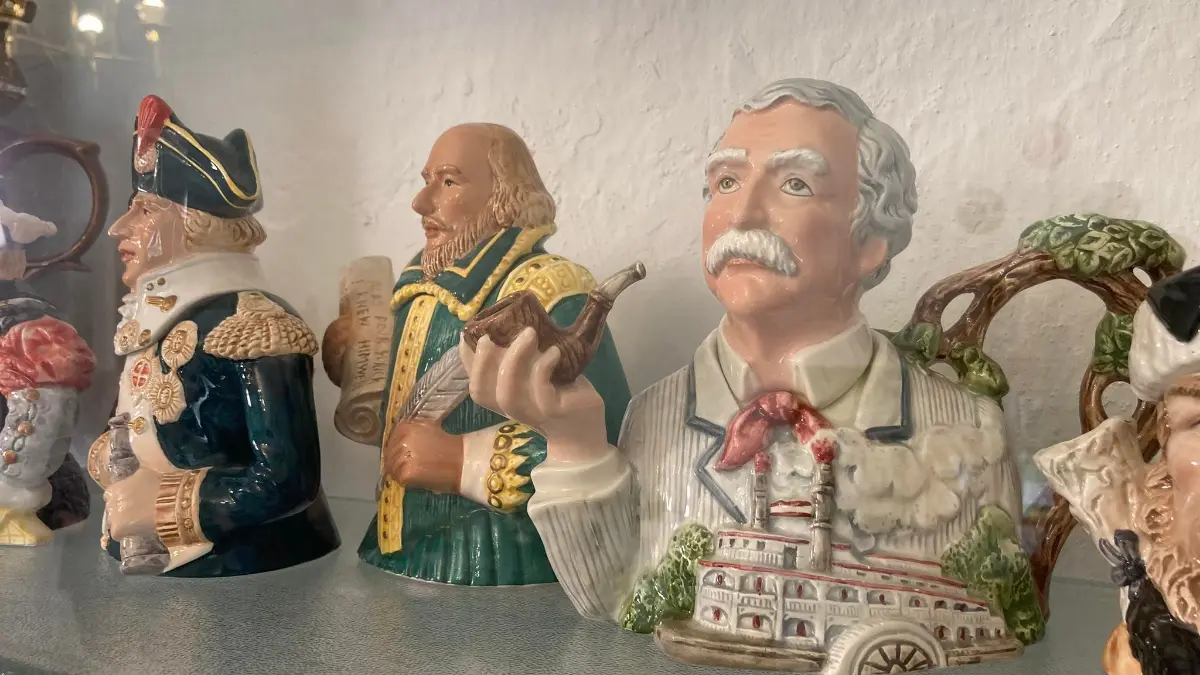
Helyszín címkék:
The charming village in Baranya county steals into our hearts with cheerful teapots
Németh Krisztina
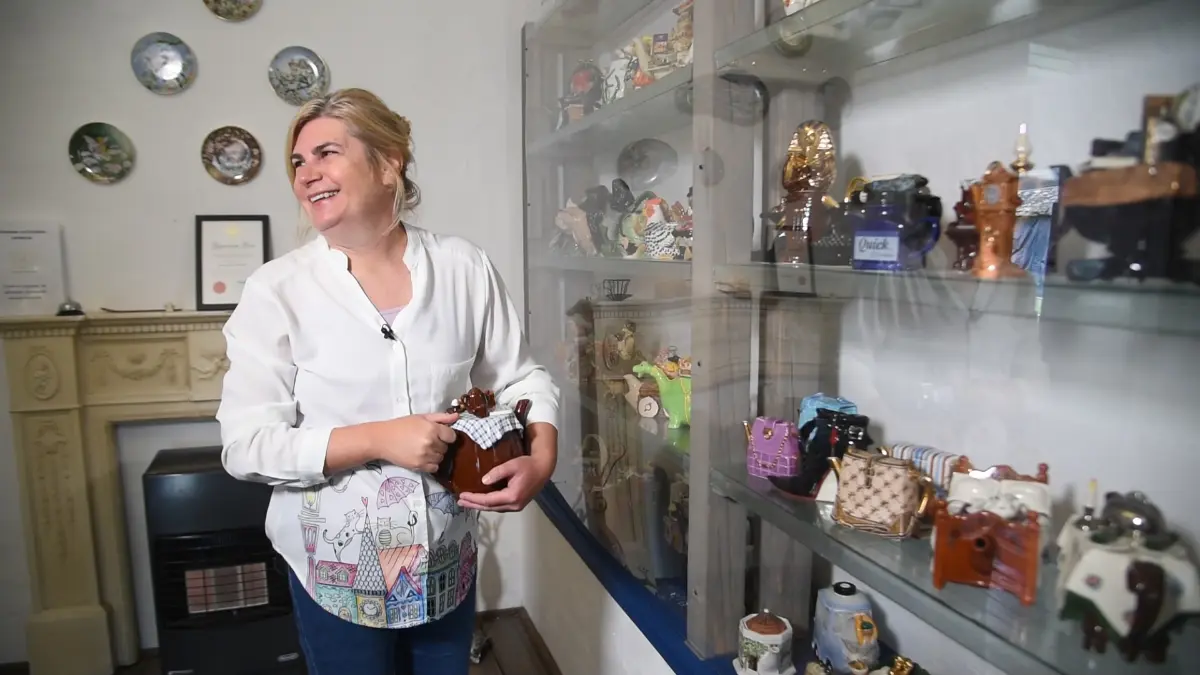
Lapáncsa is located in the neighbourhood of the Villány wine region. The dead-end town of barely 180 people consists of just one street, but among the farmhouses is a collection of artifacts that is hoped to boost tourism – at least by Valéria Török Dusnokiné.
- “What do you want to have, a teapot museum?” my mother asked, laughing because she thought I was joking. “I’ll give you two,” she said, pointing to the Hollóházi porcelain pot in the glass case and another one. She didn’t know at the time that I had completely different teapots and that I meant what I said,” reads the introduction on the website of the Lapáncsa teapot collection. But the exhibition space with museum pieces is much more interesting.
Even Bill Clinton’s head could be boiling here

Many people in England collect this porcelain, where almost every household should have a basic piece.
- “I saw my first house-shaped piece in England,” says Valéria Török Dusnokiné, who collects the teapots with her husband, and when they arrive in Lapáncsa, they put the more and more colourful porcelain pieces on the shelf. The couple from Budapest lives and works in England, and their hearts were drawn back to Lapáncsa in Baranya because of their late grandmother.
- Unfortunately, my grandmother died and the crumbling farmhouse was left behind. It could not be sold, demolition would have been expensive. So we slowly renovated it and moved the teapots here,” says Valéria, who wants to help the village. The history of these teapots dates back to the 1600’s. True, back then, they made what were known as toby pitchers, i.e. beer steins shaped like a man, which were used in pubs. Although they are no longer used everywhere, they have retained their uniqueness.
In England, it’s decoration, in Lapáncsa, the aim is to make the visitor laugh and surprise them
- One of our favourites is the man sitting on the toilet. Who would have thought that tea could flow from the bowl. But we also like the tea transporter carriage and car-shaped teapots. These objects offer a cultural insight into the everyday life of the former English people,” explains the can enthusiast. He adds that these are porcelain products that are made by machine, but there are only a few hundred pieces, so they are not made on an assembly line. So each one is different.
“They are even numbered. That is why we know that we have the 416th piece of a series,” says Valéria.
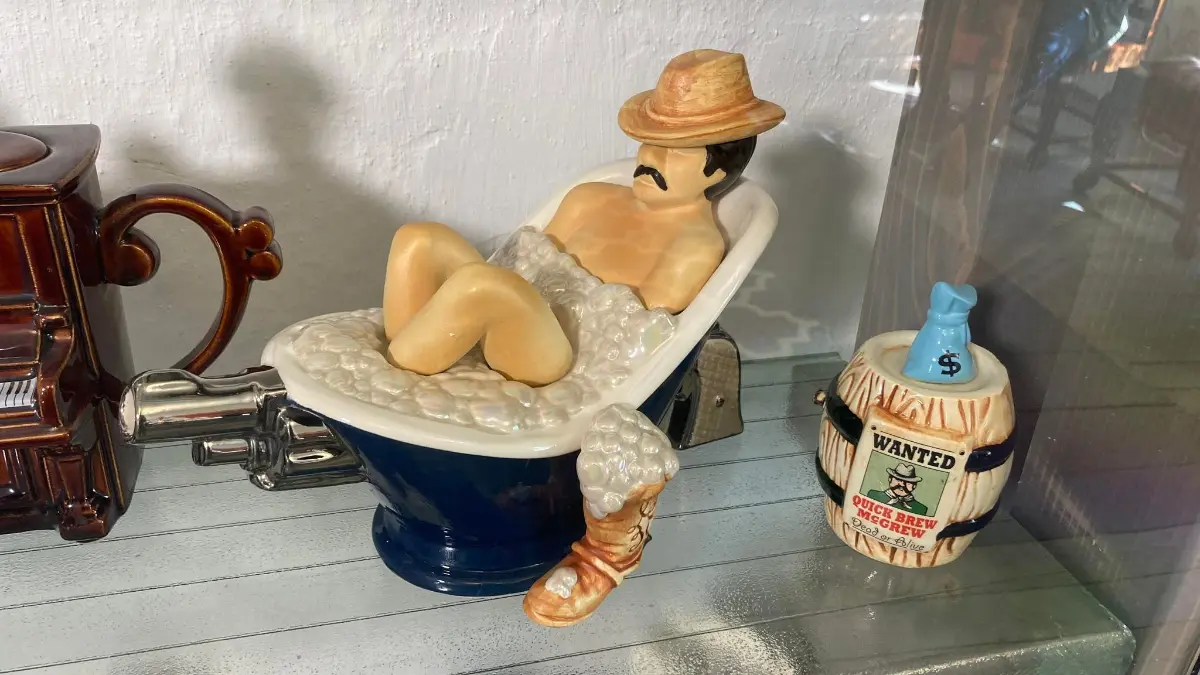
“We have 180-190 on the shelf at the moment, but some are in boxes waiting for us to find a place for them,” says Valéria’s husband, who doesn’t take a dim view of the fact that the attic of their home in England is full of teapots. The couple’s goal with the museum is twofold: they want the Baranya county village to be famous for something that tourists are also passionate about. They also want to introduce Hungarians to the tea drinking habits of the English.
“I want people to come to Lapáncsa and see what a wonderful place it is. Here you can walk, cycle, meet animals and of course, here is also the museum,” adds Valéria.
